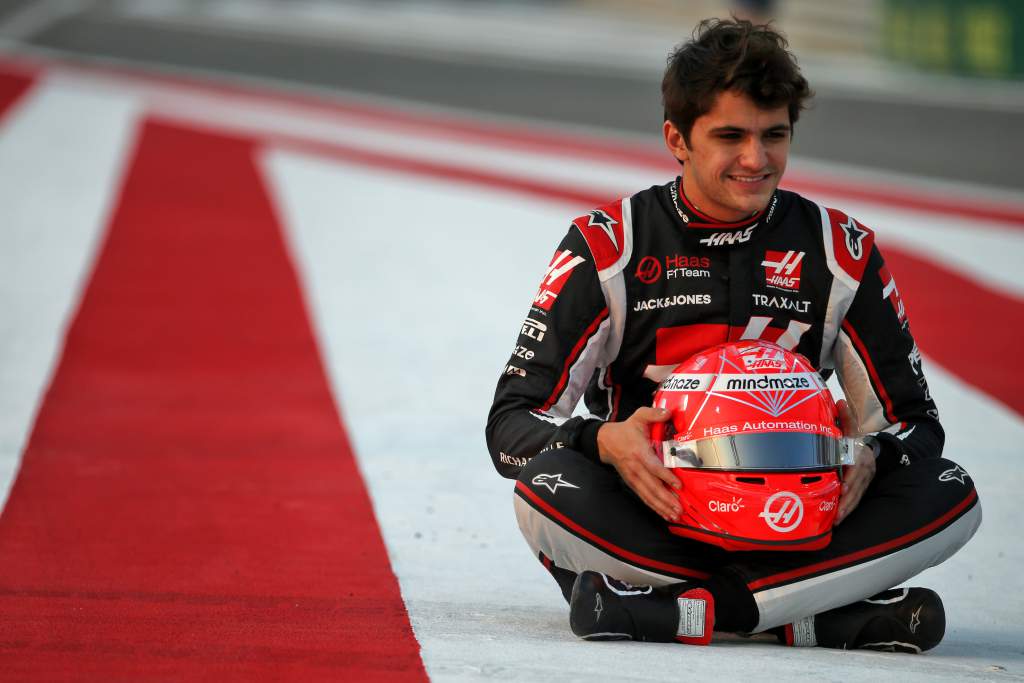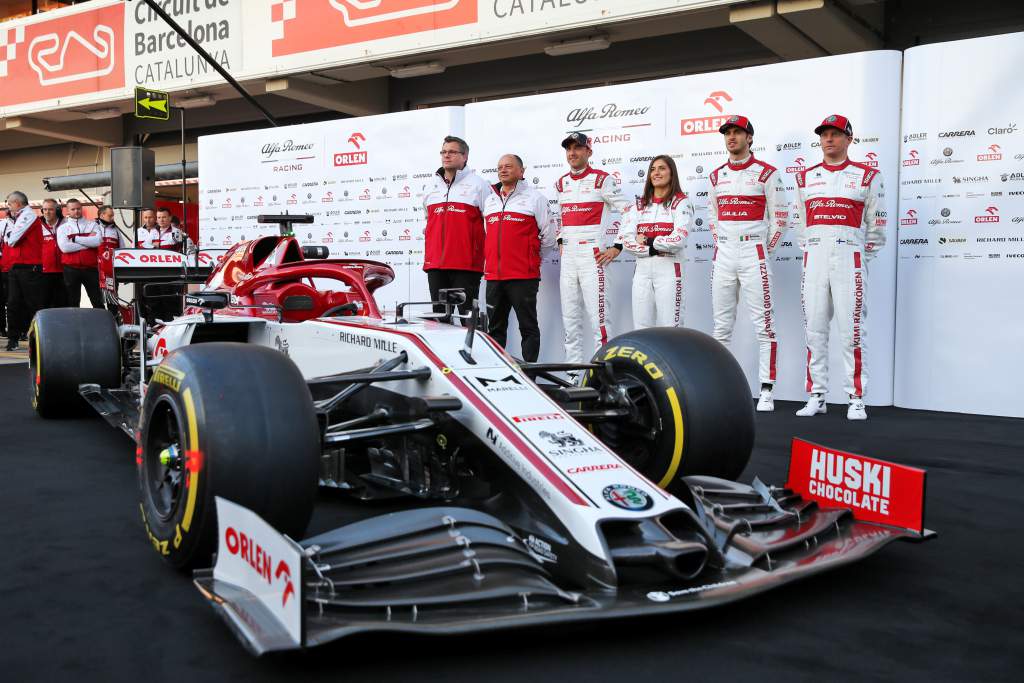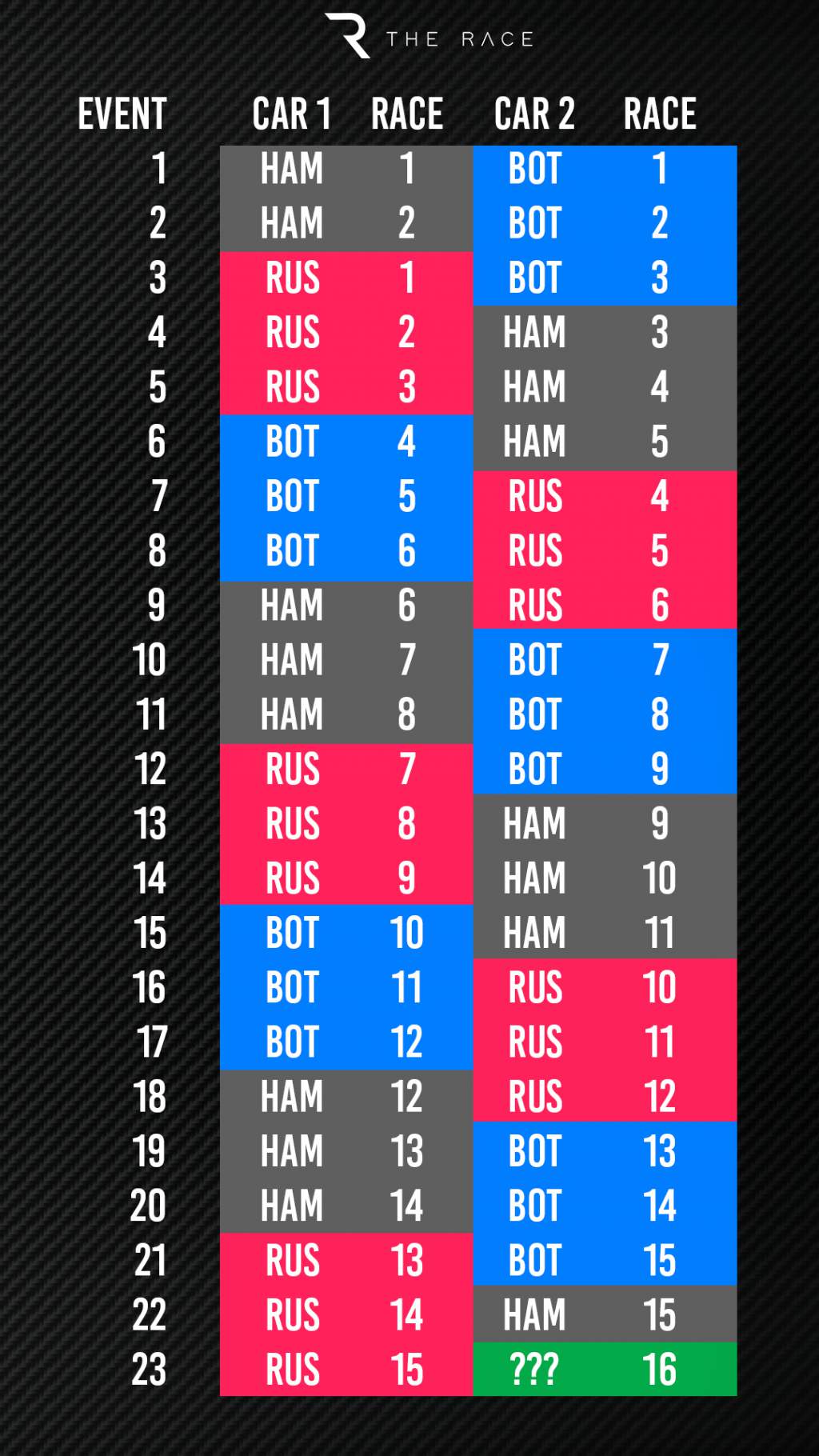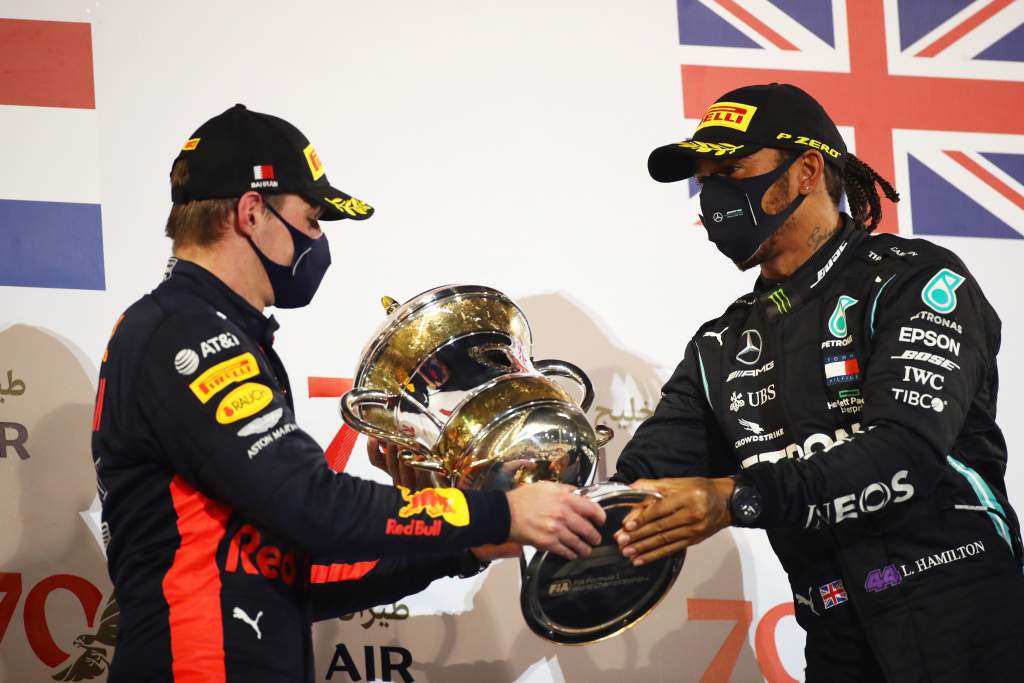Up Next

Over the last few days, there has been more driver movement in Formula 1 than we used to see in a whole season at the Jordan team.
And I can assure you we had a lot of drivers at Jordan…
Is it time for F1 to take a different approach to driver line-ups and bring something new to the table?
One thing that has stood out this season is that when the opportunity to run a nominated reserve driver arises, the teams don’t always take them.
Instead, they hunt around to find the best solution out of what’s available.
We’ve seen that this weekend with George Russell taking the Mercedes seat instead of nominated reserve Stoffel Vandoorne.
So the question is, why bother appointing a reserve driver if you don’t use them?
As Haas team principal Guenther Steiner said about his reasons for picking Pietro Fittipaldi (pictured below) – the team’s actual reserve in this case – to stand in for Romain Grosjean, a quick Friday blast on a dirty track in FP1 does nothing to show a driver’s true potential.

They need time to fit in and to exploit their opportunities and with very limited pre-season testing planned in the future there’s no shop window to display their skills.
Even the post-season ‘young driver test’ has become a farce and will feature Fernando Alonso in place of a young driver. Someone with his experience does not need this test.
Yes, you can do a season or two in Formula 2 as next year’s Haas drivers, Nikita Mazepin and Mick Schumacher have done, but that is only measuring you against the competition you’re up against at that point in time.
There is no substitute for seat time in an F1 car and it’s great to see a team like Haas has been bold enough to stand up and select two newcomers for 2021 – even if financial considerations have played a part, it’s still a bold move.
I don’t see any new teams rushing to enter F1. And with the addition of the $200million a newcomer must pay to what is called a ‘dilution fund’ given that it will split the cash the teams share 11 ways rather than the current 10, that door appears to be well and truly shut. So for the foreseeable future, there will be just 20 seats available.
That’s left me considering what could be done to open up the opportunity for more young, up and coming, drivers with the required superlicence to race an F1 car.
There’s more than 20 drivers out there with the talent and the CV to do it and we should want to give them a chance. To achieve that, we need to apply some drastic thinking that changes the way F1 driver line-ups work.
With 23 races planned for next season, coronavirus-permitting, this means for each team there are 46 race starts available.
Now hold onto your hats because here comes my proposal for discussion!

What if each team had to enter three drivers for the world championship and nominate the races that each driver would participate in, say, 30 days ahead of the season opener?
To ensure that all three entered drivers built racing experience and that the back-up wasn’t simply sat around doing nothing, the drivers’ championship could be modified to count only each one’s first 15 races. The constructors’ championship system would remain unchanged.
Each team would still only be required to field two cars at each event and there could still be another reserve driver if one of the nominated two drivers tripped on a banana skin.
I’d set the rules so that one of each team’s three nominated drivers had to have raced in fewer than 40 F1 grands prix. With the amount of races we’ve had over the past couple of years this would still allow you to move from a small team to become a third driver at a big team.
After a season, the rule could be adjusted to mean the third driver is only allowed around 25 career starts – that’s about a season’s worth plus a couple just in case you had to fill in for that driver who tripped on the banana skin. These are small details that could be worked out. The overall concept is what’s important.
My idea would give 30 drivers the opportunity to race in F1 and it would mean the drivers’ championship probably wouldn’t be decided until much later in the season, especially if there is a requirement to distribute the appearances for each driver evenly through the year.
Depending on the way different teams deployed their drivers, there could also be some reasonable shifts in terms of who is where in the championship.
It could also be required that each driver had to do a minimum of two and a maximum of three races in succession, that way no driver would be singled out just to satisfy the regulations without being given an opportunity to show their true level of performance, as well as adding to the uncertainty of the championship battle.
So how would this all work out?
I’ve built an example around Mercedes, in which it has Hamilton, Valtteri Bottas and Russell as its three drivers. Here’s an order it could run them in:

I’m pretty sure there would be loads of other permutations but this is just an example of how you could mix and match your three drivers.
As 46 starts can’t be split equally between three drivers, the highest scorers could get the nod for the finale.
Let’s take McLaren. Next year it will run Lando Norris and Daniel Ricciardo as its experienced drivers. If it was to sign up Callum Ilott as its third driver and the races were mixed and matched as I proposed for Mercedes, then Ilott would be compared against both Norris and Ricciardo. If this was for one season, he would have 15 events to prove himself. If it was for two seasons, he would have 30 events to prove himself.
If he was beaten by both Norris and Ricciardo conclusively, then he isn’t one for the future. If he was able to turn the tables and outqualify and outrace them, then he would have proved his worth. And after that, he would probably either get re-signed by McLaren as one of its experienced drivers or another team could step in and take him on in the same position.
Perhaps at this point, and to encourage the teams to pick the best possible, there would be a fixed transfer fee that one team has to pay the other – a bit like football teams and players.
As I said, it’s only a suggestion of how to try to give up-and-coming talent a shot. Too many go by the wayside, and also by trying to get the actual best drivers in the world in the cars, it might just also help with this debate on driver pay.

I know the numbers would need a bit of sorting, but that’s only a matter of scratching the head to find a solution. All 30 drivers need the same opportunity and the points need to come from the race entries, not just counting their best 15 results.
There will be those who argue against it. For example, if there’s an event when Hamilton and Max Verstappen are both on the sidelines, the fans might be less engaged in the absence of the star drivers.
But at the same time, by giving 50% more drivers opportunities to race there’s a chance to create some new stars to join the established ones. That’s really what my idea is all about, finding the stars of the future.
What I’ve suggested will seem an extreme solution, but sometimes you have to go that way to change things for the better.
I’ve always enjoyed seeing how young drivers perform and given the amount of interest in the three driver changes for this weekend’s race, it could be good for F1 as well.
The objective of all this is to put together a system that finds the best drivers for F1 and not just assume that the 20 that have the seats are the best.
As we always say, ‘the cream rises to the top’, and from 30 drivers the cream on the top might just be that little bit thicker than it currently is.





